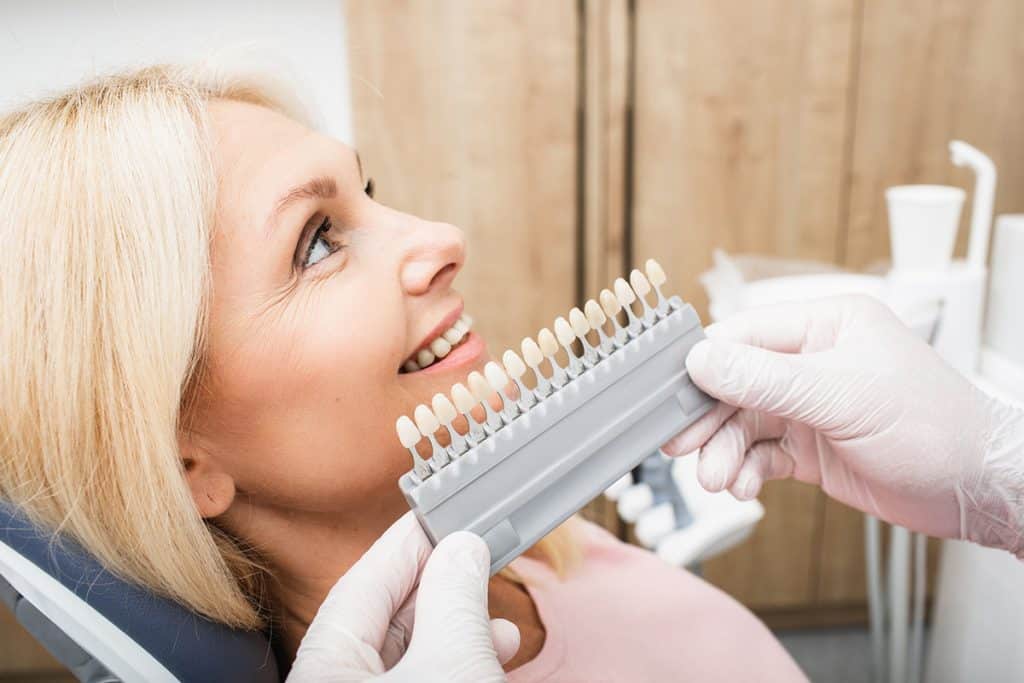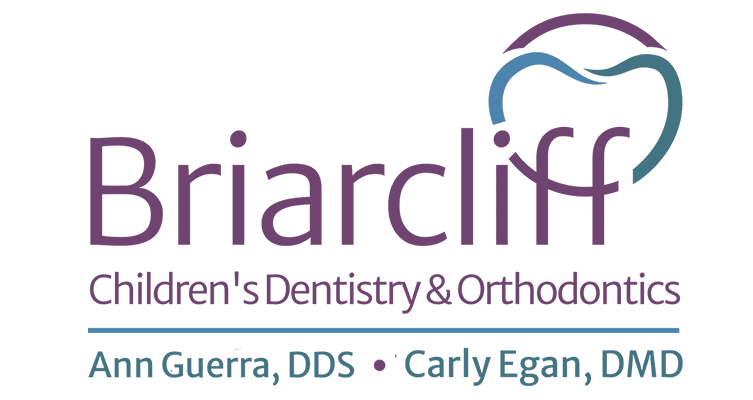Can Kids Get Veneers or Cosmetic Dental Work?

As a parent, you want your child to have a healthy, confident smile. When dental issues arise that affect the appearance of your child's teeth, you might wonder about the available cosmetic solutions. Questions about procedures like veneers, teeth whitening, and bonding are common. While many cosmetic treatments are associated with adults, pediatric dentistry often incorporates aesthetic considerations, especially when restoring a tooth's function and form. The primary focus for any pediatric dental procedure is always the child's long-term oral health, but improving appearance is frequently a welcome result of necessary restorative care.
Understanding the distinction between purely elective cosmetic procedures and restorative treatments with aesthetic benefits is key. For children and adolescents, dental work is almost always recommended to address an underlying health issue, such as tooth decay, dental trauma, or congenital defects. A pediatric dentist's goal is to ensure the teeth are healthy, functional, and will support proper development. Therefore, the approach to cosmetic services for children is fundamentally different from adult cosmetic dentistry, prioritizing health and stability above all else.
When Is Cosmetic Dental Work Appropriate for Children?
The appropriateness of any dental procedure for a child depends on their age, dental development, and the specific oral health problem being addressed. Unlike elective adult cosmetic dentistry, procedures for children are typically restorative. For example, if a child chips a front tooth during a soccer game, a dentist will recommend a treatment to repair it. This repair, often using tooth-colored bonding material, restores the tooth's structure and function while also improving its appearance. This is considered restorative dentistry with a cosmetic benefit.
Similarly, stainless steel crowns are often used to protect decayed primary (baby) teeth, but tooth-colored crowns may be an option for more visible teeth. These aesthetic choices help support a child's self-esteem while serving a critical medical purpose. Other common situations include treating discoloration caused by medication or trauma. In these cases, the treatment addresses both the health and look of the tooth. Purely cosmetic procedures like veneers are generally not recommended until a child's jaw and teeth are fully developed, typically in their late teens.
Common Restorative Procedures with Cosmetic Benefits
Several restorative dental treatments for children also provide significant cosmetic improvements. Dental bonding is a versatile and common procedure used to repair chipped, cracked, or slightly decayed teeth. A tooth-colored composite resin is applied to the tooth and shaped to restore its original appearance. This is a conservative, effective way to fix minor imperfections and is frequently used in pediatric dentistry. For more extensive damage or decay, especially on front teeth, tooth-colored fillings or pediatric crowns may be used. These restorations are designed to blend in seamlessly with the surrounding teeth.
Another area that intersects with aesthetics is orthodontics. While braces and aligners are primarily used to correct bite issues and malocclusion for long-term health, the resulting straighter smile is a major cosmetic benefit. In some cases of severe discoloration that does not respond to cleaning, a dentist may discuss supervised whitening, but this is reserved for specific situations and is typically only considered for permanent teeth in older teenagers. The guiding principle is always to choose the least invasive option that ensures the health and proper function of the developing teeth and jaws.
Supporting Your Child's Confident Smile
A child's smile is important for their confidence and social development. When dental issues like chips, discoloration, or decay arise, modern pediatric dentistry offers solutions that are both functional and aesthetically pleasing. The focus remains on restoring health and ensuring the proper development of your child’s teeth and bite. While treatments like veneers are typically reserved for adults, many restorative options, such as dental bonding and tooth-colored crowns, can effectively repair damage and enhance your child's smile. Consulting with a pediatric dentist is the best way to understand the options available for your child's specific needs and to create a treatment plan that supports their long-term oral health.
Frequently Asked Questions About Cosmetic Dentistry for Children
Is teeth whitening safe for children?
Teeth whitening is generally not recommended for young children with primary teeth. For adolescents with all their permanent teeth, a pediatric dentist may consider supervised, professional whitening in specific cases, such as for staining caused by trauma or medication. Over-the-counter whitening products are not advised for children, as they can cause tooth sensitivity and damage the gums if not used correctly. A professional consultation is essential to determine if whitening is a safe and appropriate option for your teen.
Can a chipped baby tooth be repaired?
Yes, a chipped baby tooth can and often should be repaired. Depending on the extent of the chip, a dentist might smooth the sharp edge or use dental bonding to restore the tooth's shape. Repairing a chipped tooth prevents potential irritation to the tongue or lips, restores function for chewing and speaking, and maintains proper spacing for the permanent tooth that will eventually replace it. It also restores the tooth's natural appearance, which can be important for a child's self-esteem.
At Briarcliff Children’s Dentistry & Orthodontics, we are dedicated to providing specialized dental care for children, teens, and patients with special needs in a welcoming and friendly environment. Our team serves families in Briarcliff Manor, Pleasantville, Ossining, and the surrounding Westchester County communities. To learn more about our services or to schedule an appointment, please contact us online or call us at 914-762-6260.
